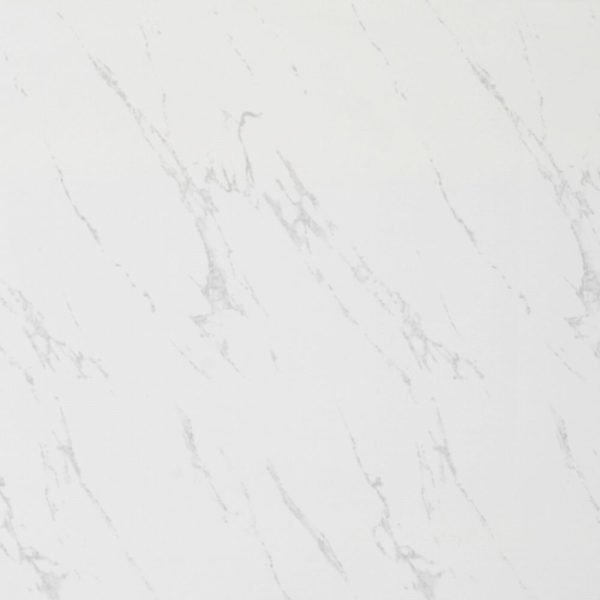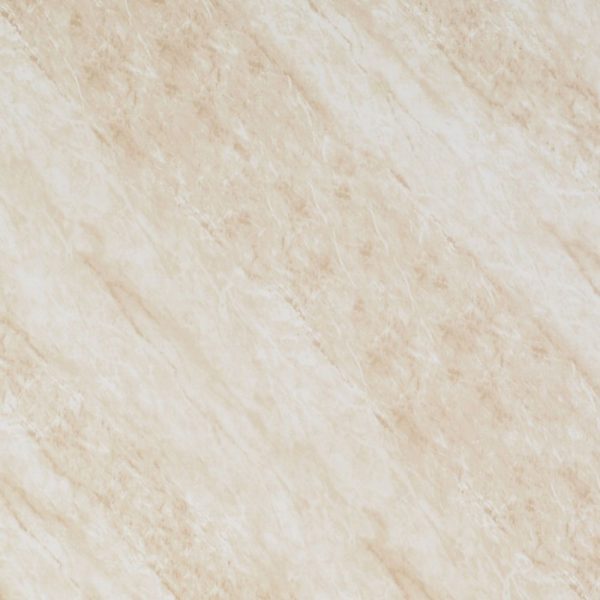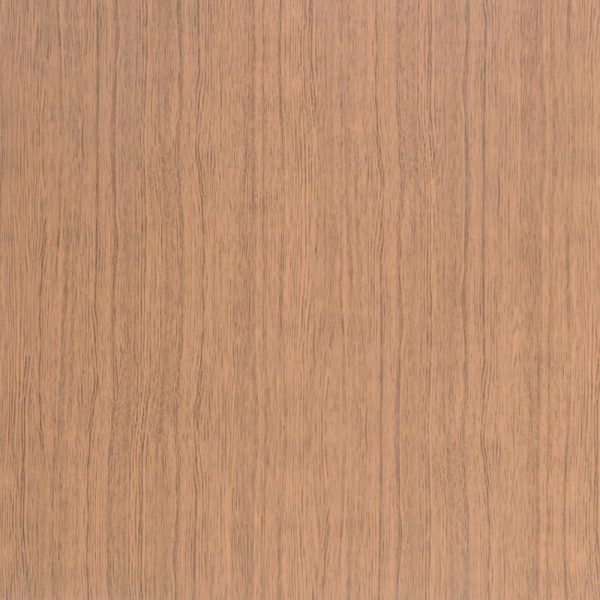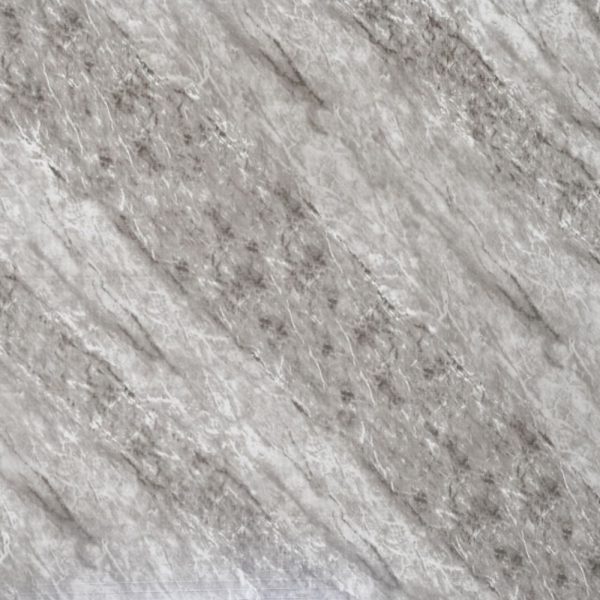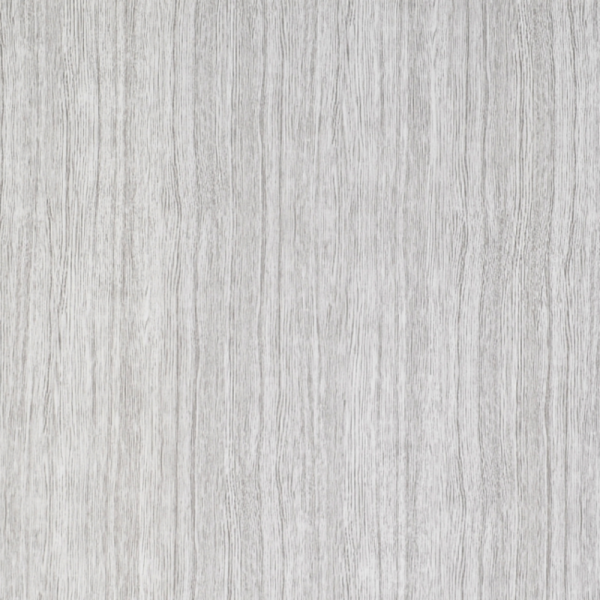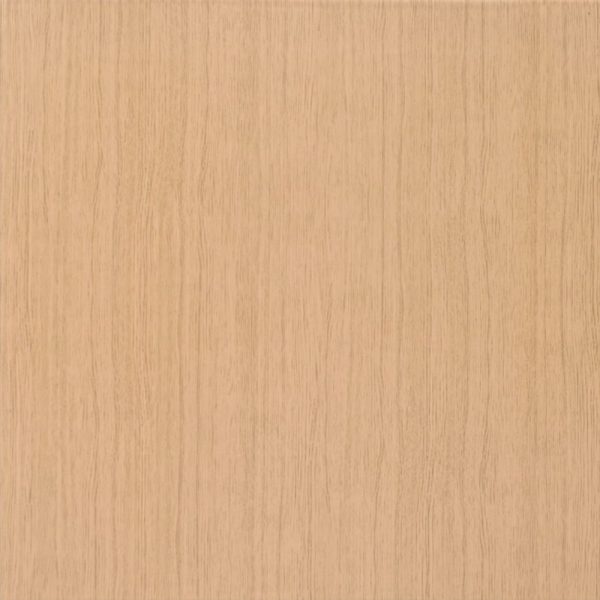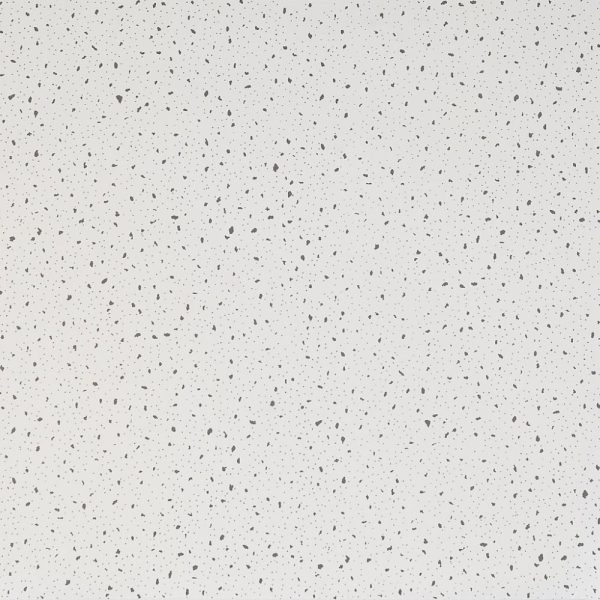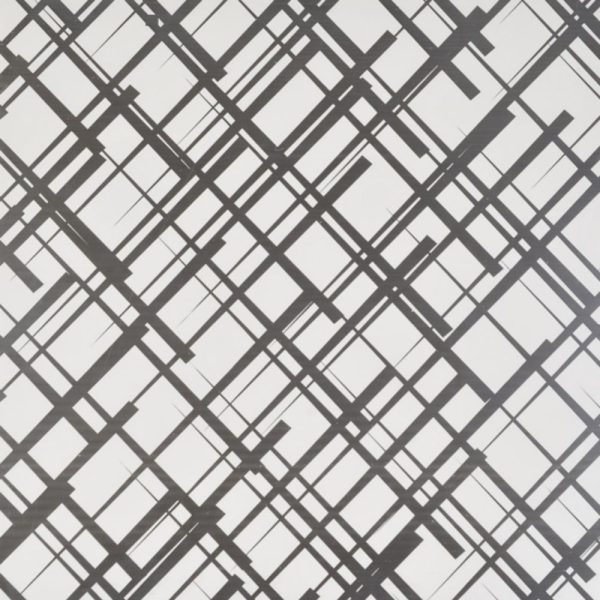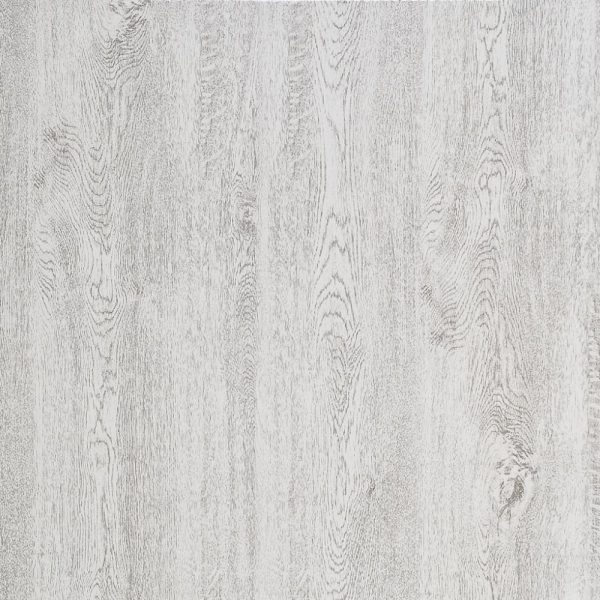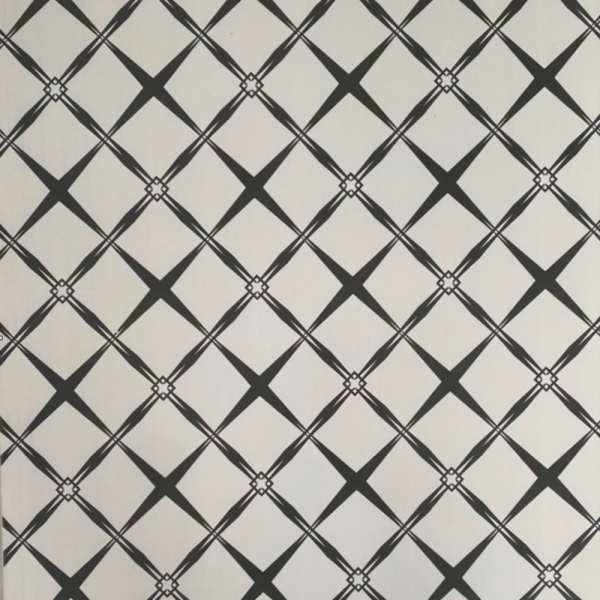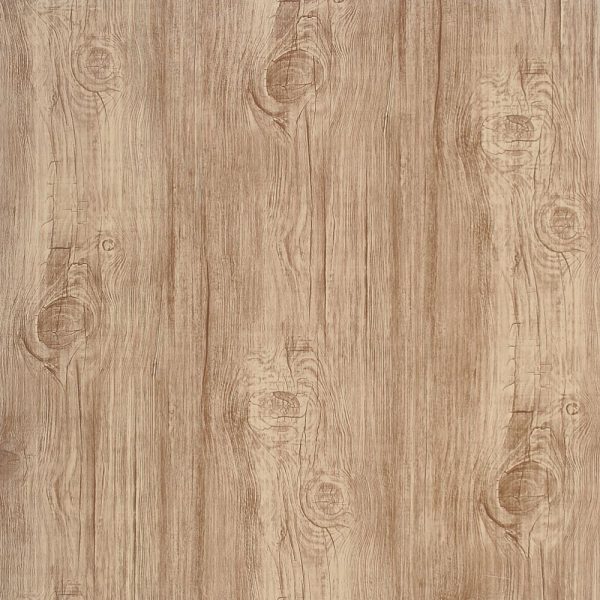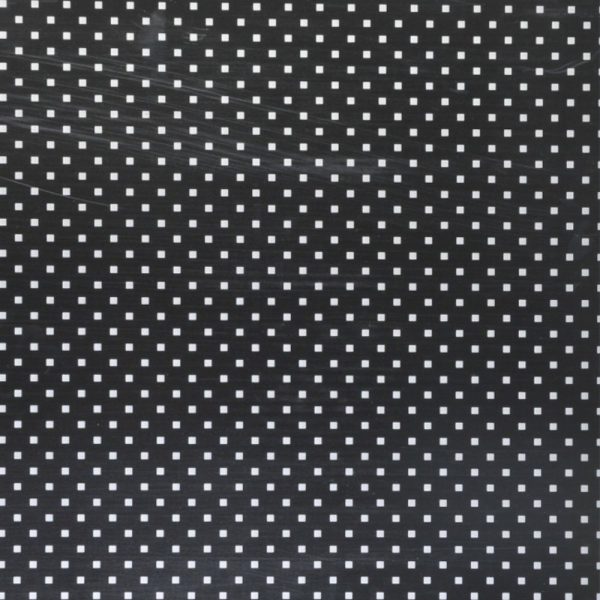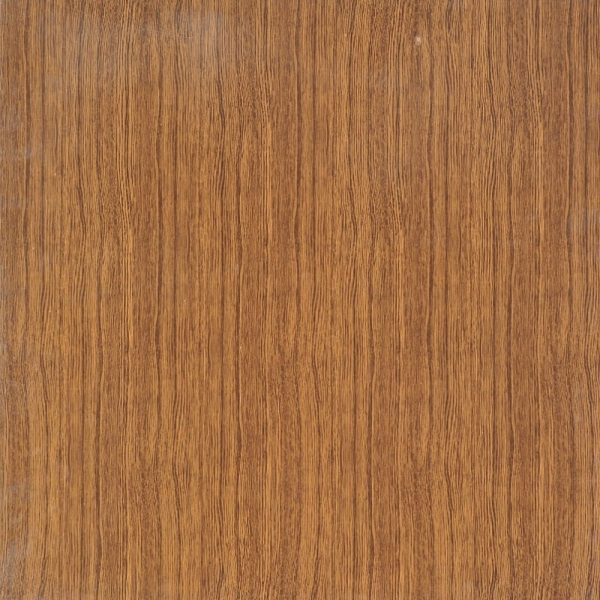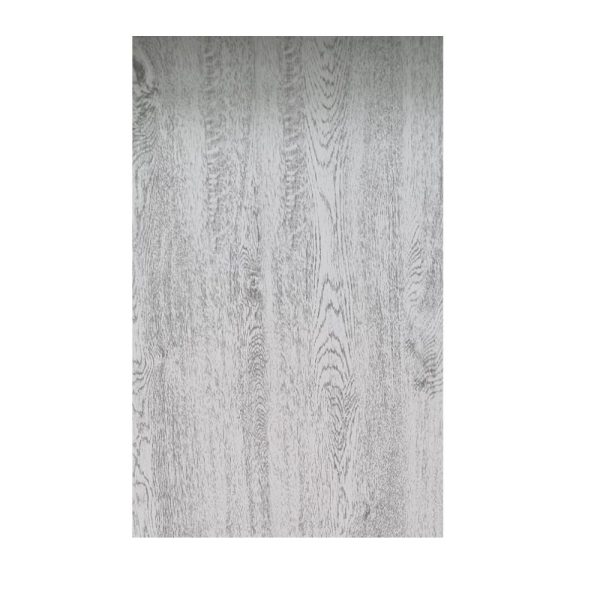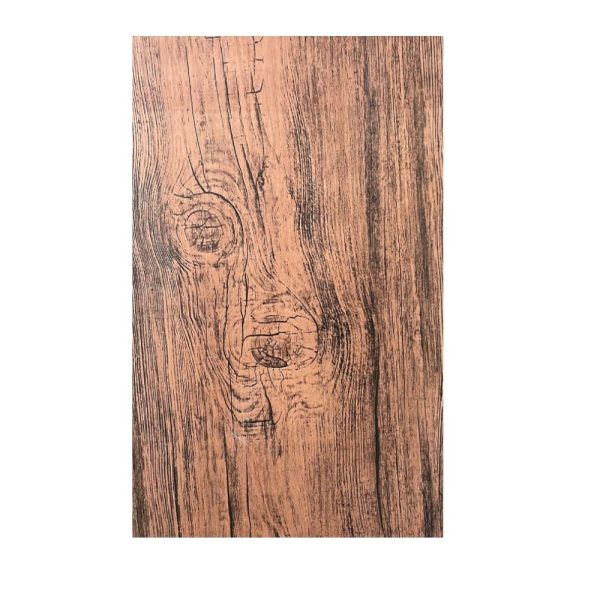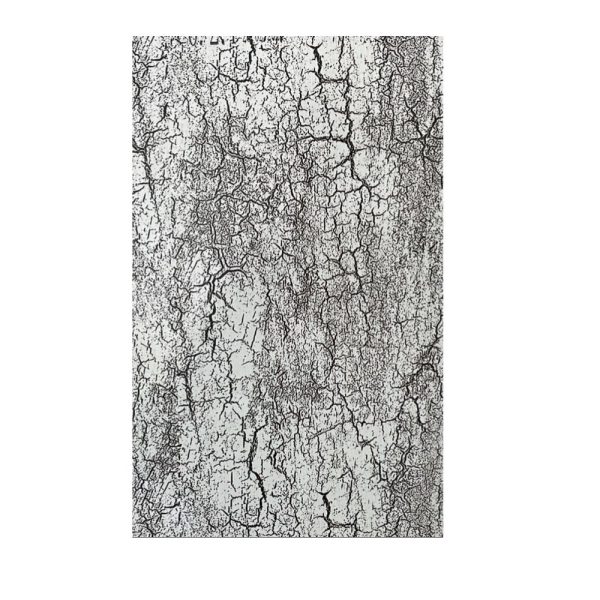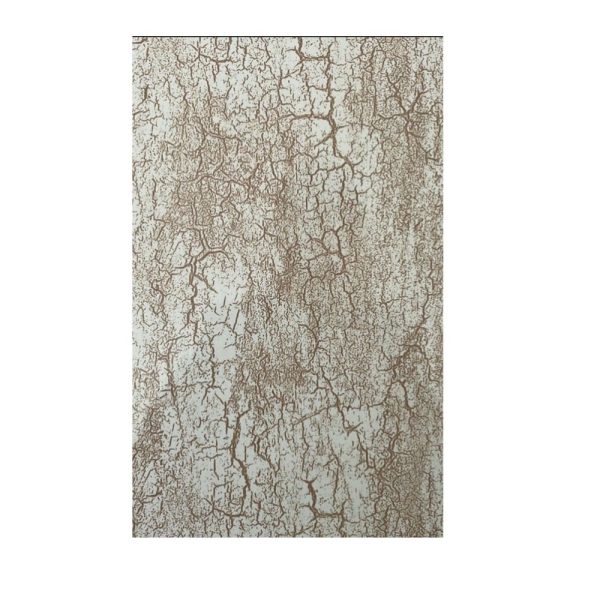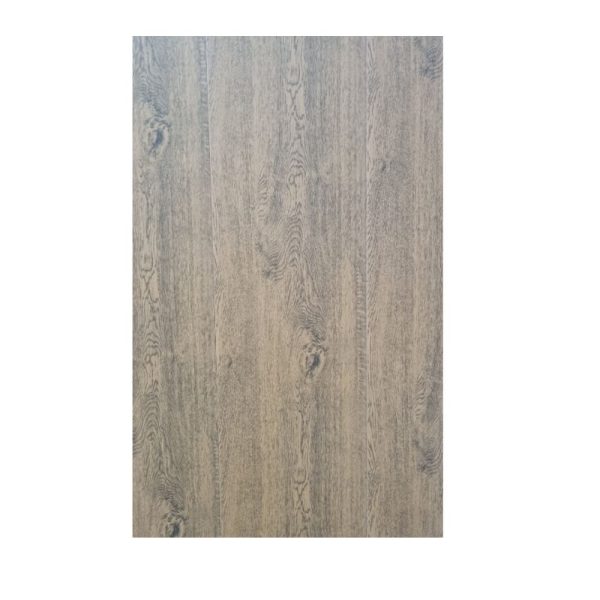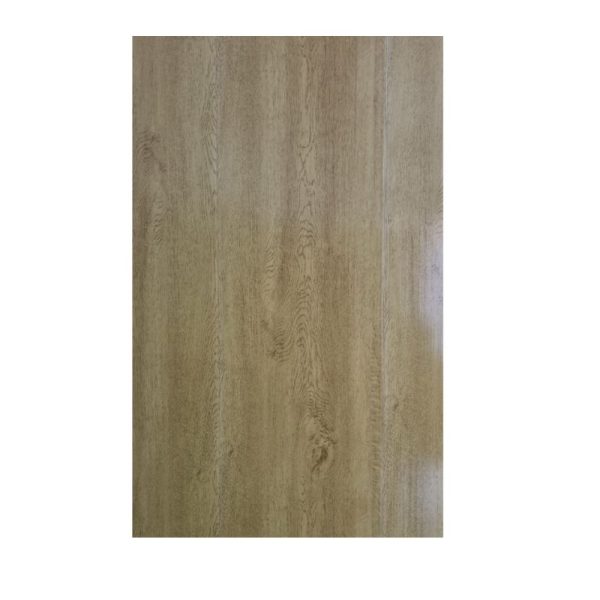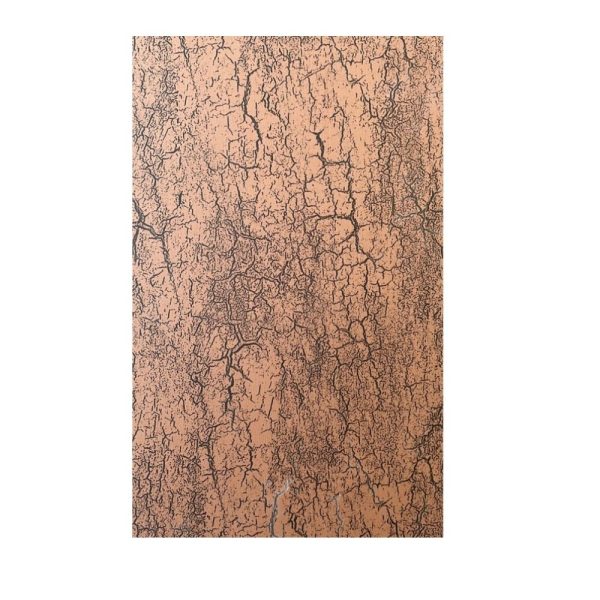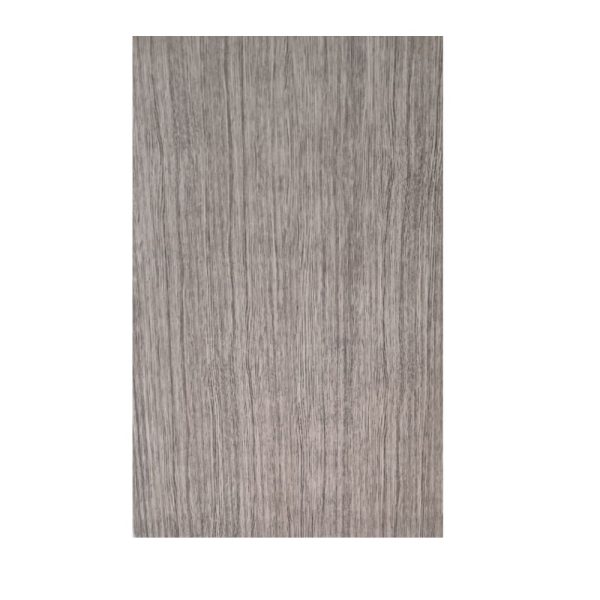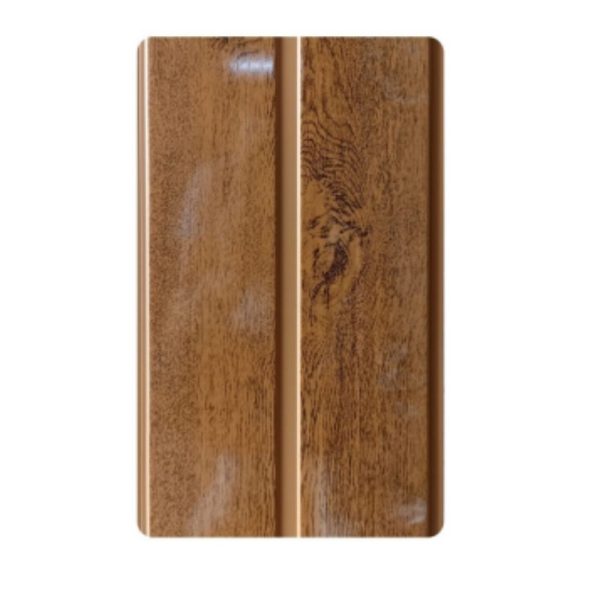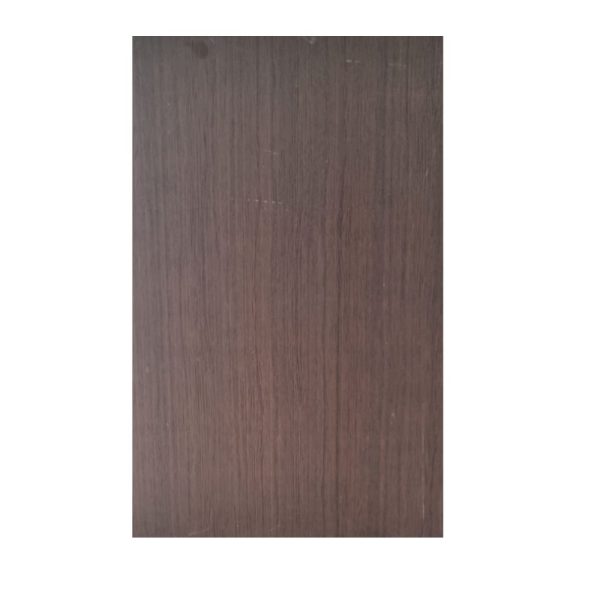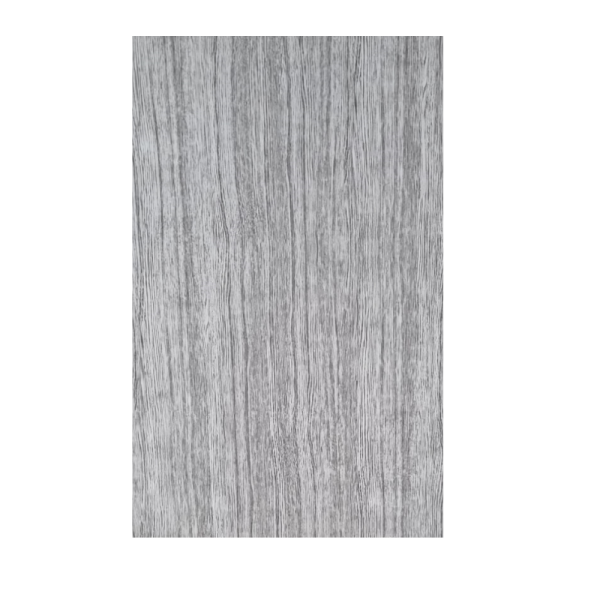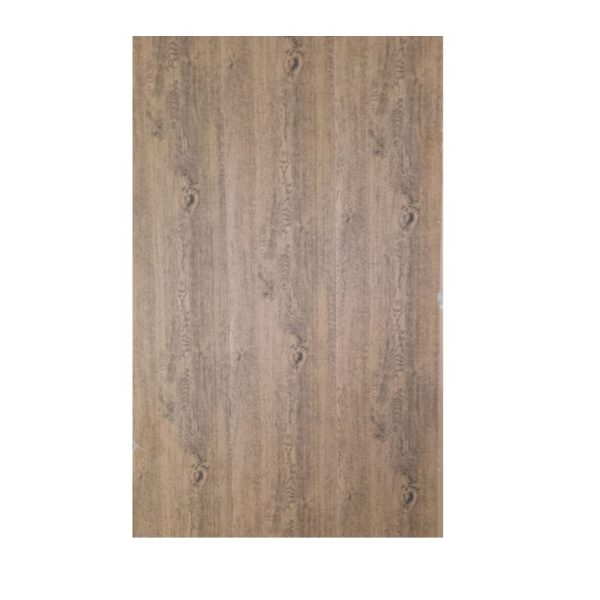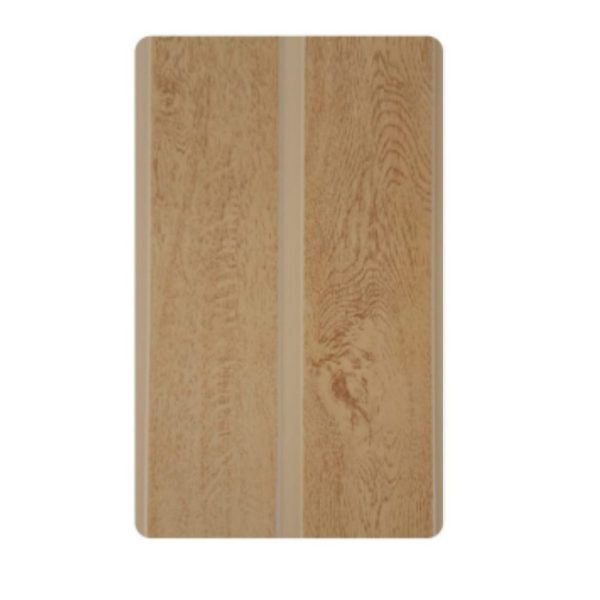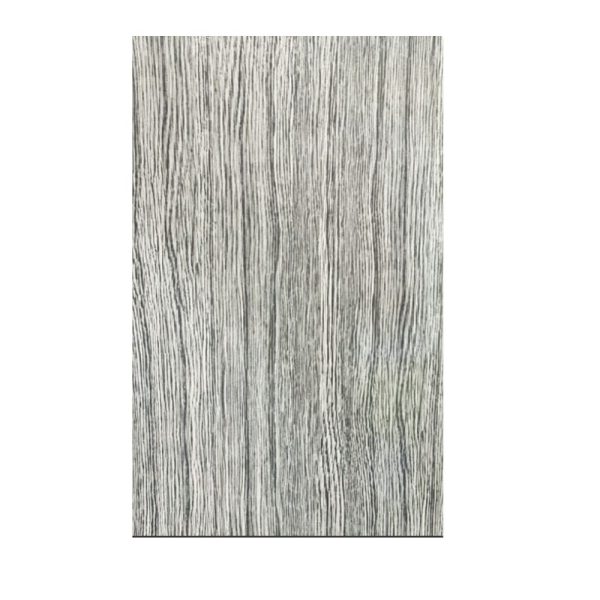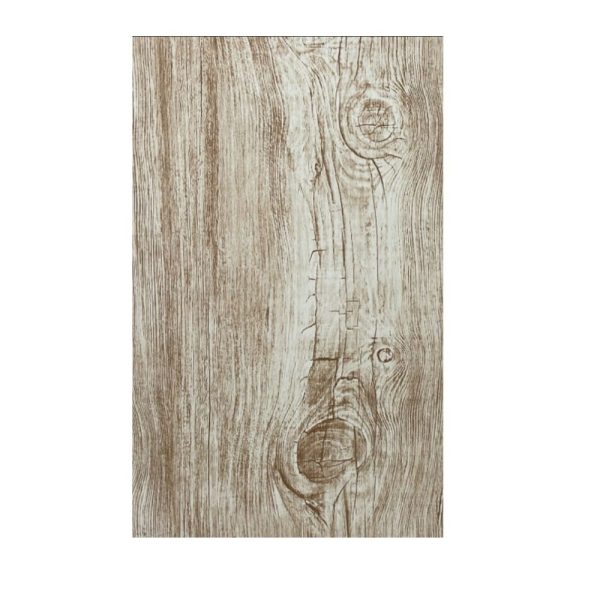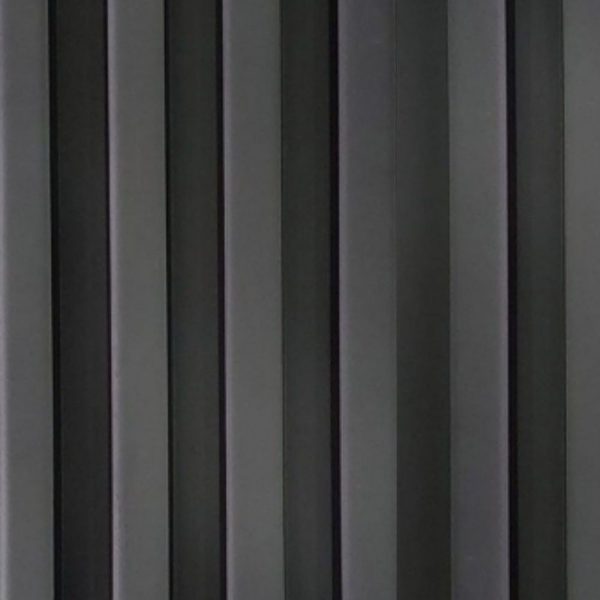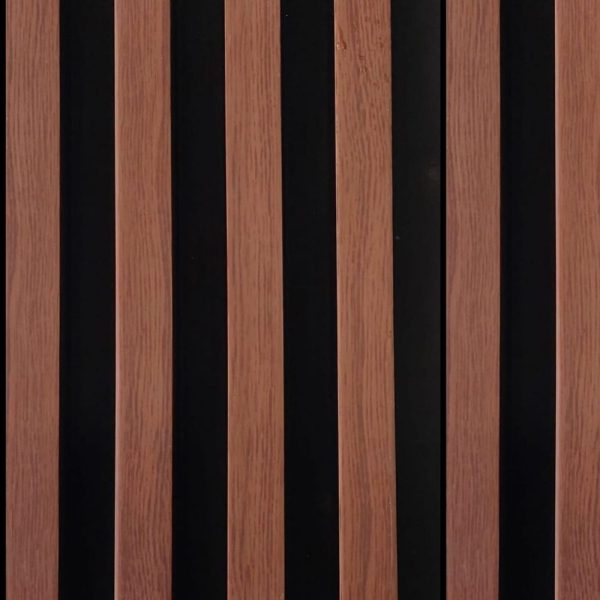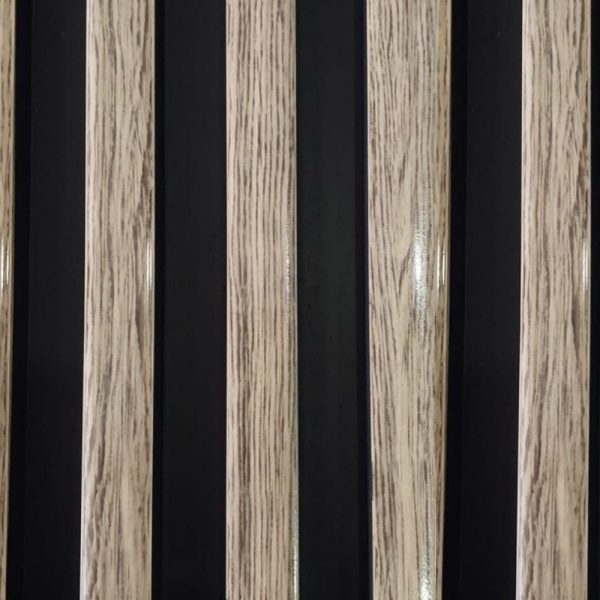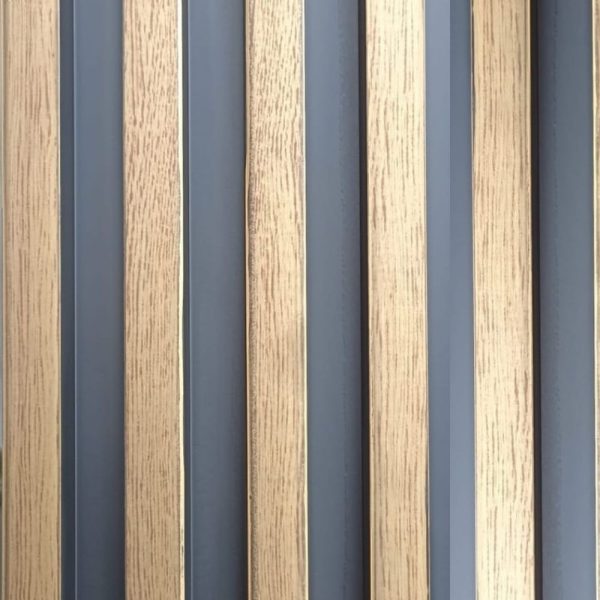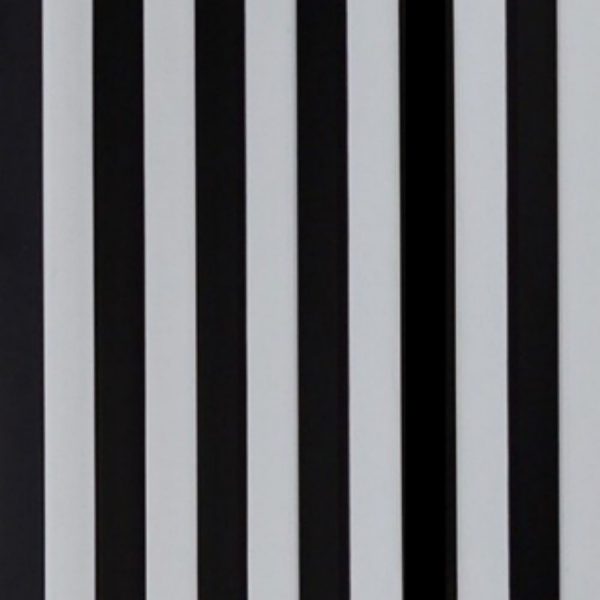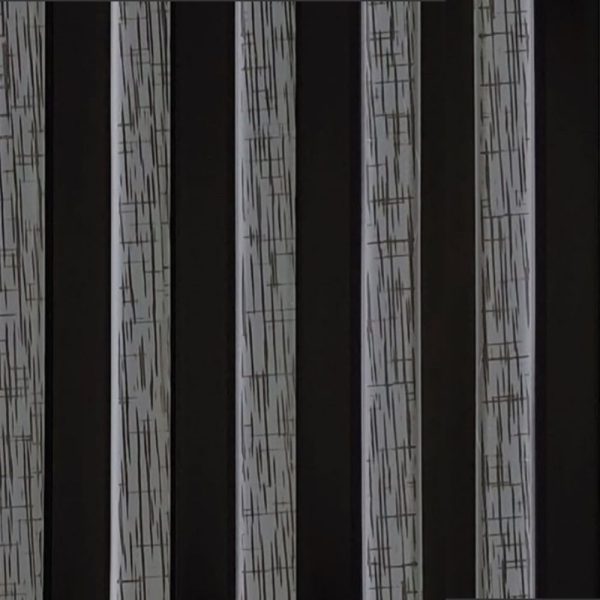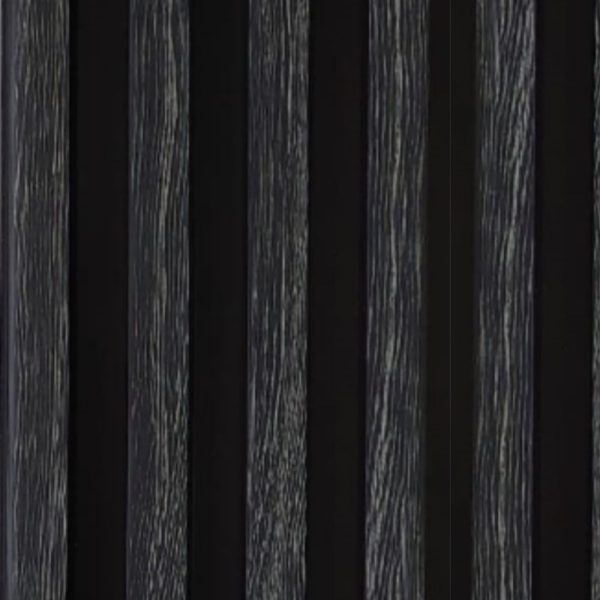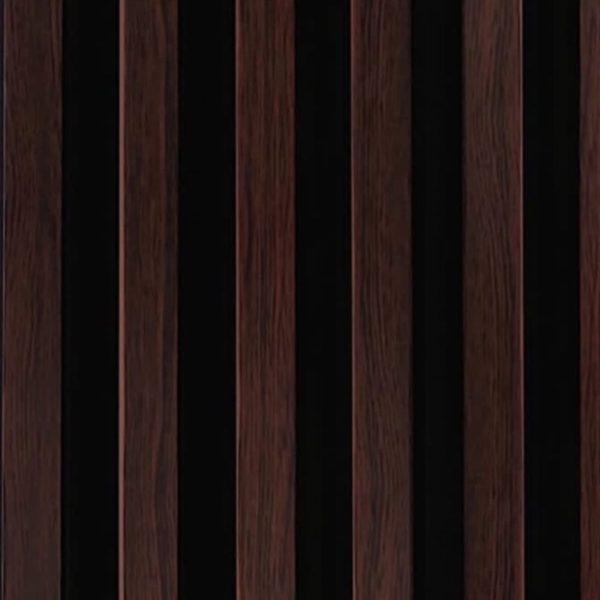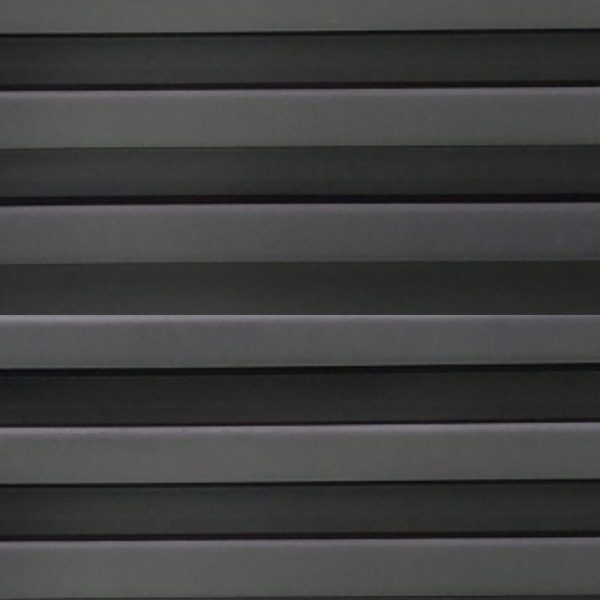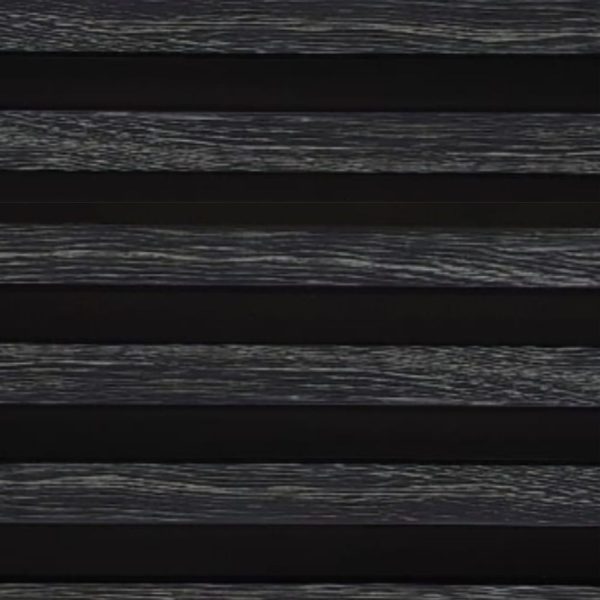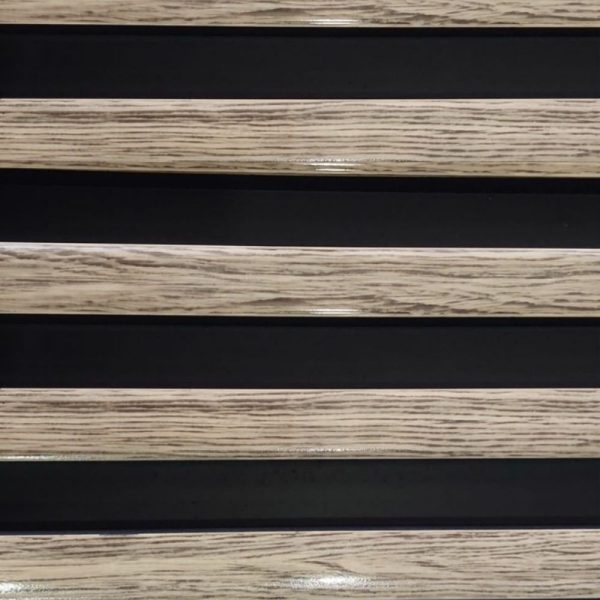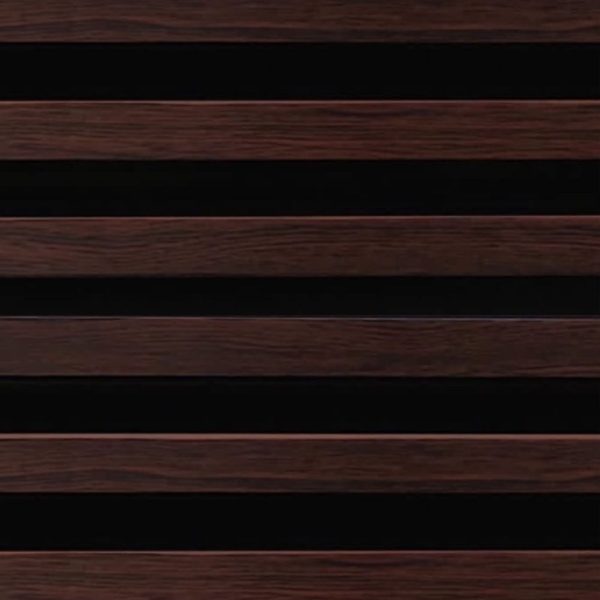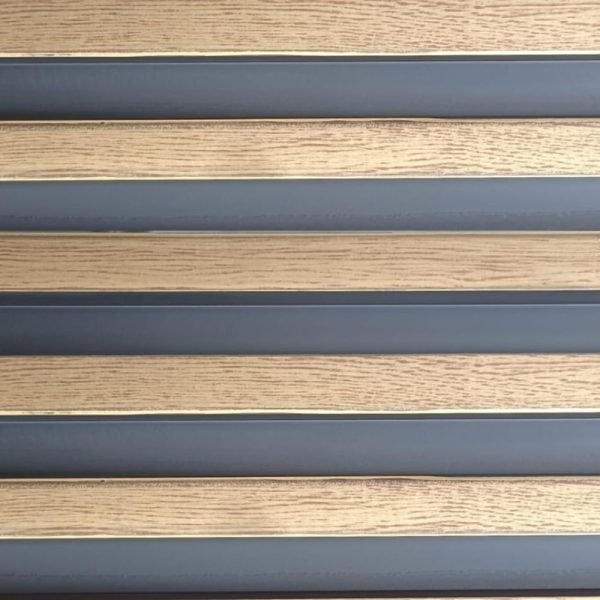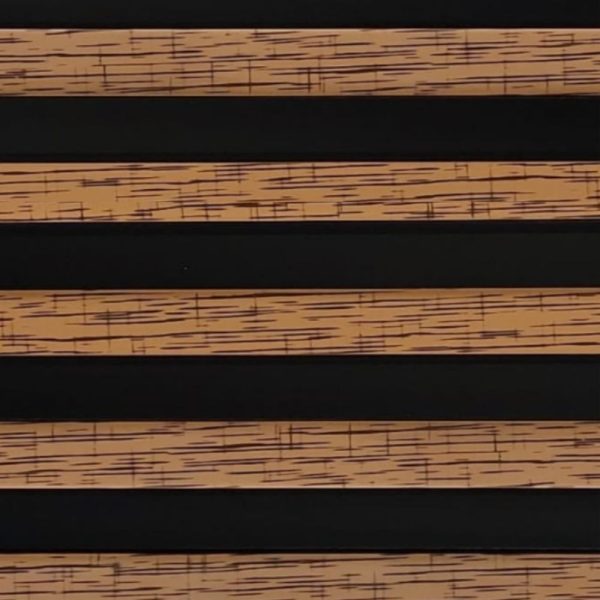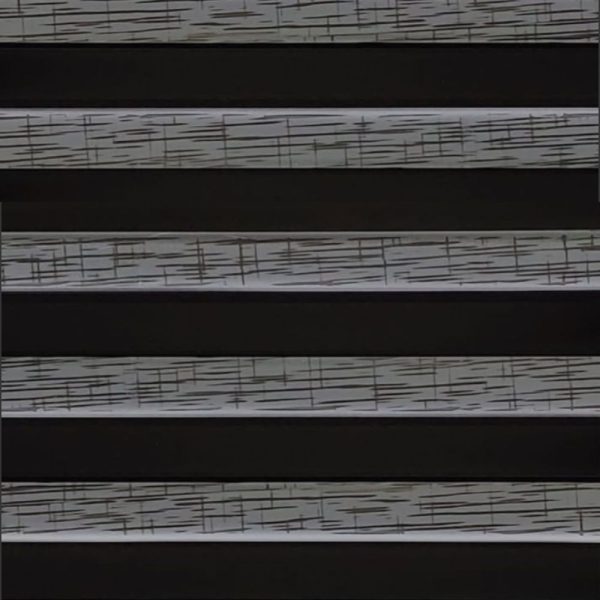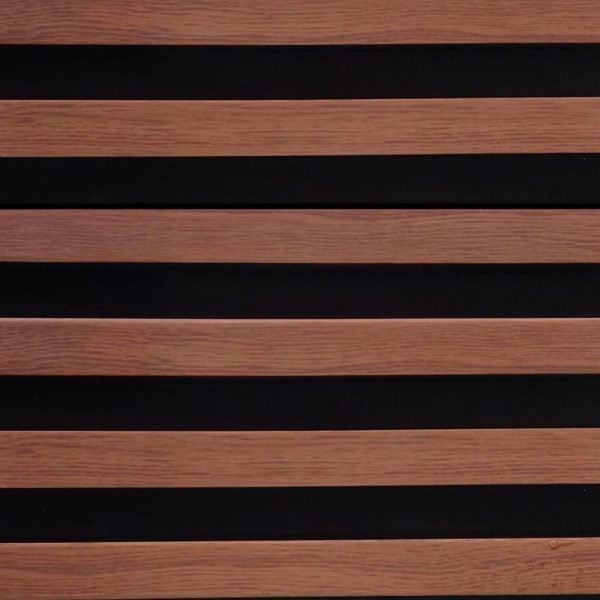Suspended Ceiling Featured Products
Paneling Featured Products
Wall Panel Featured Products
Row Ceiling Featured Products
Blog Posts
What is Suspended Ceiling?
“Suspended ceiling” is a secondary ceiling system located under the main ceiling, usually used for aesthetic or functional purposes within the building. Suspended ceilings can be made of various materials and are designed to meet different needs. Here are some of the main features of suspended ceilings:
- Aesthetic Purposes: Suspended ceilings are used to improve the aesthetic appearance of interiors. They can adapt to the overall design of the space with a variety of colors, patterns and materials.
- Concealment and Integration: They are used to hide elements such as plumbing pipes, cables, ventilation systems. In this way, a smoother and cleaner appearance is achieved.
- Acoustic Improvement: Some suspended ceiling panels are manufactured with special materials to improve sound insulation and acoustic performance. This is especially important where noise needs to be controlled, such as offices, schools and restaurants.
- Heat and Energy Efficiency: Suspended ceilings can contribute to energy efficiency by providing thermal insulation. This helps to reduce both heating and cooling costs.
- Flexibility and Easy Access: Suspended ceilings can be easily dismantled and reassembled without requiring structural changes. This allows easy access to the plumbing and electrical systems underneath.
- Material Diversity: They can be produced using different materials such as wood, metal, drywall, fiberglass and many more.
- Lighting Integration: Suspended ceilings can be integrated with built-in lighting fixtures, so there is no need to create extra space for lighting the space.
The areas where suspended ceilings are applied include homes, offices, shopping malls, hospitals, schools and many other interiors. They have an important place in terms of design and functionality.
Prices for suspended ceilings can vary depending on various factors. These factors include the type of material used, the size of the ceiling, the complexity of the design, additional features (acoustic enhancement, built-in lighting, etc.), and labor costs. Here are some features that affect suspended ceiling prices depending on these factors:
1. **Material Type:** Different materials such as wood, drywall, metal, fiberglass have different price ranges. Generally, higher quality or specialized materials are more expensive.
2. **Size of the Area:** The size of the area covered by the suspended ceiling to be applied affects the price. Larger areas require more materials and labor, which increases the cost.
3. **Design and Customization:** Non-standard, special designs or extra features can bring additional costs. For example, special colors, patterns or integrated lighting systems can increase the price.
4. **Brand and Quality:** The brand and quality of the product are also important factors affecting the price. Well-known brands and high quality products are usually more expensive.
5. **Labor and Installation:** The difficulty of the installation and the labor time required also affect the cost. More complex or time-consuming installations mean higher labor costs.
6. **Regional Factors:** Prices can also vary according to geographical location and local market conditions. Costs may be higher in big cities and certain regions.
In general, suspended ceiling prices are calculated per square meter and this price range can vary widely. Contacting local suppliers or construction companies for current prices and detailed quotations ensures you get the most accurate information.
There are some important factors to consider when choosing a suspended ceiling company. These factors help you to successfully complete your project and get a good service. Let’s examine these factors:
1. **Experience and Expertise:** Investigate how experienced the company is in suspended ceilings. Companies that have been serving in this field for a long time and have worked on various projects are generally more reliable. Also, check whether the company specializes in certain types of suspended ceilings (for example, acoustic ceilings, metal ceilings).
2. **References and Portfolio:** Look at the projects the company has completed in the past. Portfolios and references can give you an idea about the quality and style of the company. If possible, talk to previous clients to learn about their experiences.
3. **Pricing and Quotations:** Get quotes from different companies and compare them. The lowest price may not always be the best option, especially in terms of material quality and workmanship. Also, check if extra costs (for example, shipping or additional labor charges) are included in the quote.
4. **Customer Service and Communication:** The company’s customer service and communication skills are important. Choosing a company that can communicate openly and regularly during the planning and implementation stages of the project helps the process go smoothly.
5. **Warranty and After-Service Support:** Examine the warranty and after-service support services offered by the company. A good company stands behind its products and services and provides the necessary support to help you with possible problems.
6. **Certifications and Licenses:** Make sure that the company has the necessary certificates and licenses. This shows that the company works in accordance with professional and legal standards in its field.
7. **Sustainability and Environmentally Friendly Practices:** If environmentally friendly materials and sustainable practices are important to you, choose companies that are sensitive to this issue.
When choosing your company, consider your own needs and expectations. Making a balanced choice between reasonable price, quality service and reliability increases the success of your project.
Lambiri is a decorative element, usually made of wood and used as a wall, ceiling or sometimes floor covering of interior spaces. In addition to providing an aesthetic appearance, lambiri also offer some functional advantages. Here is some basic information about paneling:
1. **Material:** Slats are usually made from various types of wood, but modern slats can also be produced from alternative materials such as PVC, MDF (Medium Density Fiberboard). Wooden slats are made with various types of wood such as pine, oak, cedar.
2. **Aesthetic Diversity:** Paneling can be found in different colors, textures and patterns. This diversity allows it to adapt to the design of the interior and create a decorative effect.
3. **Functional Use:** Lambiris are also preferred for their functional aspects such as protecting the walls from impacts, providing sound insulation and increasing thermal insulation. Especially in traditional houses, these features make the use of paneling popular.
4. **Ease of Installation:** Lambiri panels can usually be easily installed and dismantled as needed. This provides convenience for both renovation and maintenance.
5. **Care and Durability:** Although wooden slats require regular maintenance, they can last for many years if well cared for. Alternative materials such as PVC or MDF require less maintenance and can be more resistant to external factors such as moisture.
6. **Environmentally Friendly Options:** Wood slats from sustainable sources or slats made from recyclable materials offer an environmentally friendly option.
7. **Usages:** Paneling is often used indoors such as living rooms, bedrooms and hallways. Lambiri made of materials suitable for humid environments can also be used in areas such as bathrooms and kitchens.
Lambiri has the potential to be used in both traditional and modern interior designs, creating a warm and stylish atmosphere.
Lambiri prices may vary according to various factors. These factors include the type of material, quality, dimensions, brand and quantity purchased. Here are some of the main factors that affect the price of a panel:
1. **Material Type:** Wooden slats are generally more expensive, especially when using high quality wood species (such as oak, cedar). Alternative materials such as PVC or MDF often offer more economical options.
2. **Quality and Workmanship:** The quality and workmanship of the material directly affect the price. High quality material and superior workmanship cause the price to increase.
3. **Size and Thickness:** The size and thickness of the panel are also factors that affect the price. Larger and thicker panels are usually more expensive.
4. **Design and Pattern:** Laminates with special designs or patterns can be more expensive than standard products.
5. **Brand:** Major brands offer different price ranges, usually depending on their product quality standards.
6. **Quantity Purchased:** The unit price may be lower when buying in large quantities, so wholesale purchases can sometimes be more advantageous.
7. **Additional Costs:** Additional costs such as assembly, transportation and potential additional equipment can also increase the total expenditure.
Lambiri prices are usually calculated per square meter. Consulting local DIY stores, decorating shops or online retail sites for current prices and detailed information provides the most accurate information. Also, getting quotes from paneling suppliers and craftsmen in your area can help you better understand the cost of your project.
There are some important points you should pay attention to when choosing a paneling:
1. **Material Quality:** The quality of the material used in the construction of the paneling affects its durability and appearance. When choosing between alternatives such as natural wood paneling, vinyl or MDF, you should choose the one that suits the area of use and your needs.
2. **Workmanship and Ease of Installation:** The workmanship of the paneling, ease of installation and the finished state are important. Smooth cuts and clean finishes provide a better appearance during and after installation.
3. **Moisture Resistance:** Moisture resistant materials should be preferred, especially if they will be used in humid environments such as bathrooms and kitchens. Wooden paneling may expand or deteriorate in such environments.
4. **Color and Texture:** The color and texture of the paneling should be compatible with the general aesthetics of the space. You can choose from natural wood, stainable or available in different colors and patterns.
5. **Price and Budget:** The cost of paneling varies according to the type and quality of material. When setting an appropriate budget, you should also consider durability and maintenance costs in the long run.
6. **Sustainability and Environmental Impacts:** If you are sensitive to environmental impacts, you can choose the types of paneling that are obtained from sustainable sources and cause minimal damage to the environment.
7. **Local Climate and Ambient Conditions:** The climatic conditions of your region are an important factor in the selection of laminate. Humidity, temperature changes and the effect of sunlight can affect the durability of the material.
By taking these factors into consideration, you can choose laminate according to your needs and expectations.



 Türkçe
Türkçe